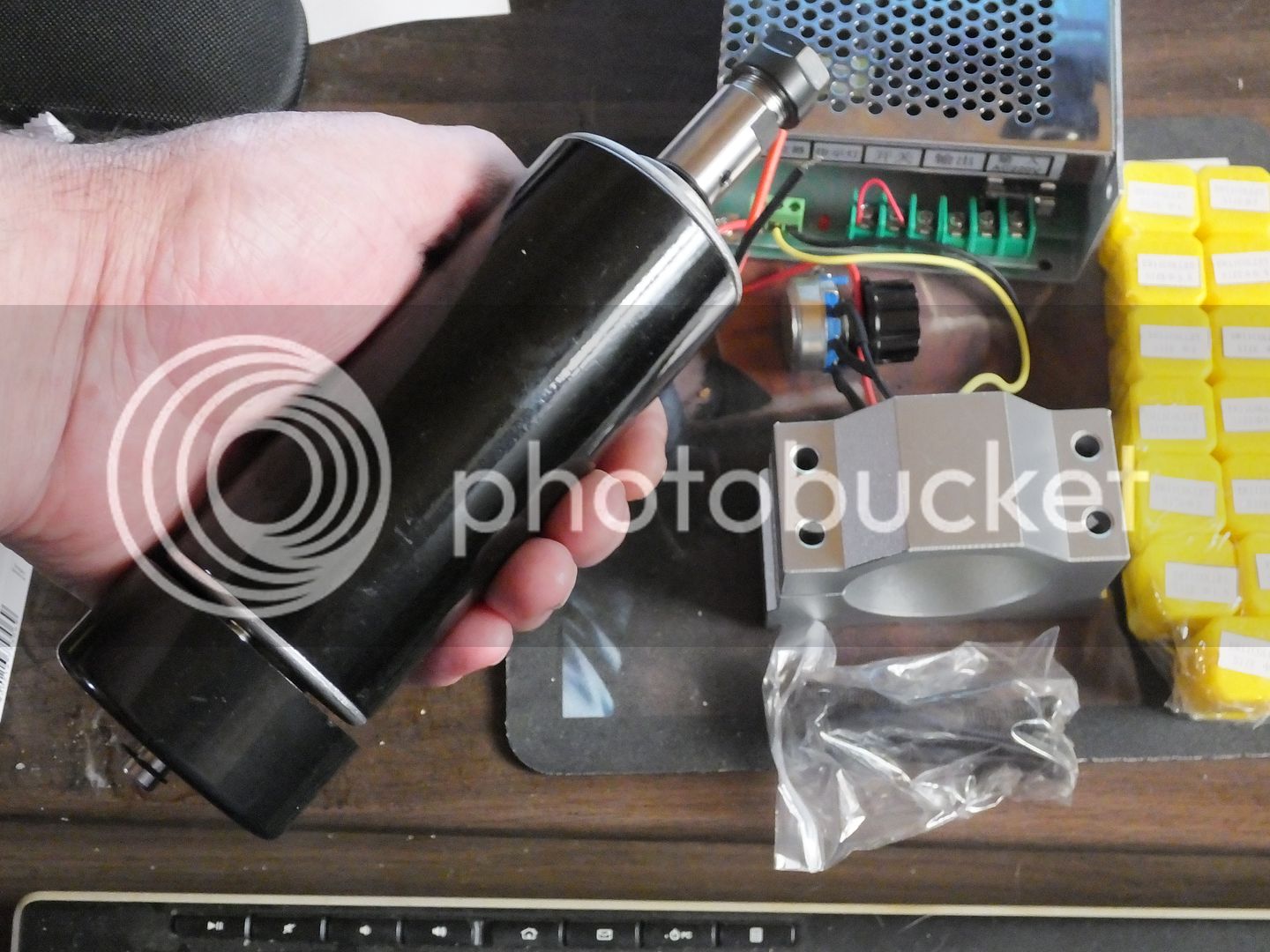Hi Folks
I'm in the process of making a tool-post grinder, and it struck me that I might be able to use it to reclaim worn-out end mills from work. If the cutter was held in the headstock it could be indexed using the lathe gears, and the grindstone aligned by setting over the top slide and perhaps also using a vertical slide (which I have, though it needs modifying to fit my 'new' lathe) or packing pieces. Anyone given this a go?
As usual, the motivation is partly saving money on a cutter grinder, but more so saving space - I work at home in a small, overflowing 12x8 shed, so making tools perform several functions (sometimes rather badly, or at least rather slowly) is the only way to go.
cheers
Mark
I'm in the process of making a tool-post grinder, and it struck me that I might be able to use it to reclaim worn-out end mills from work. If the cutter was held in the headstock it could be indexed using the lathe gears, and the grindstone aligned by setting over the top slide and perhaps also using a vertical slide (which I have, though it needs modifying to fit my 'new' lathe) or packing pieces. Anyone given this a go?
As usual, the motivation is partly saving money on a cutter grinder, but more so saving space - I work at home in a small, overflowing 12x8 shed, so making tools perform several functions (sometimes rather badly, or at least rather slowly) is the only way to go.
cheers
Mark






